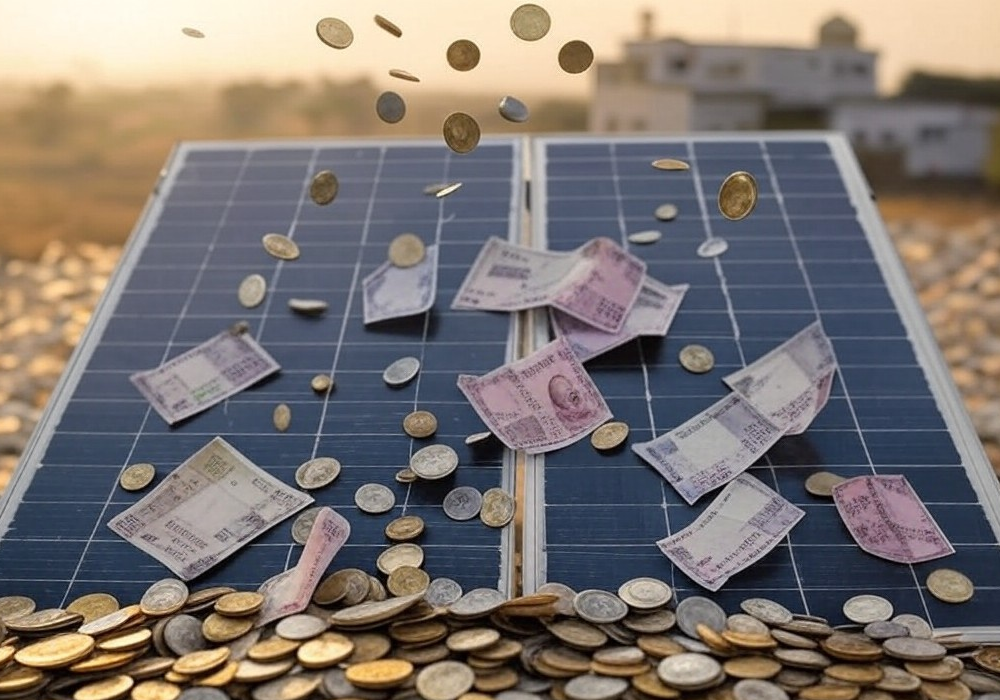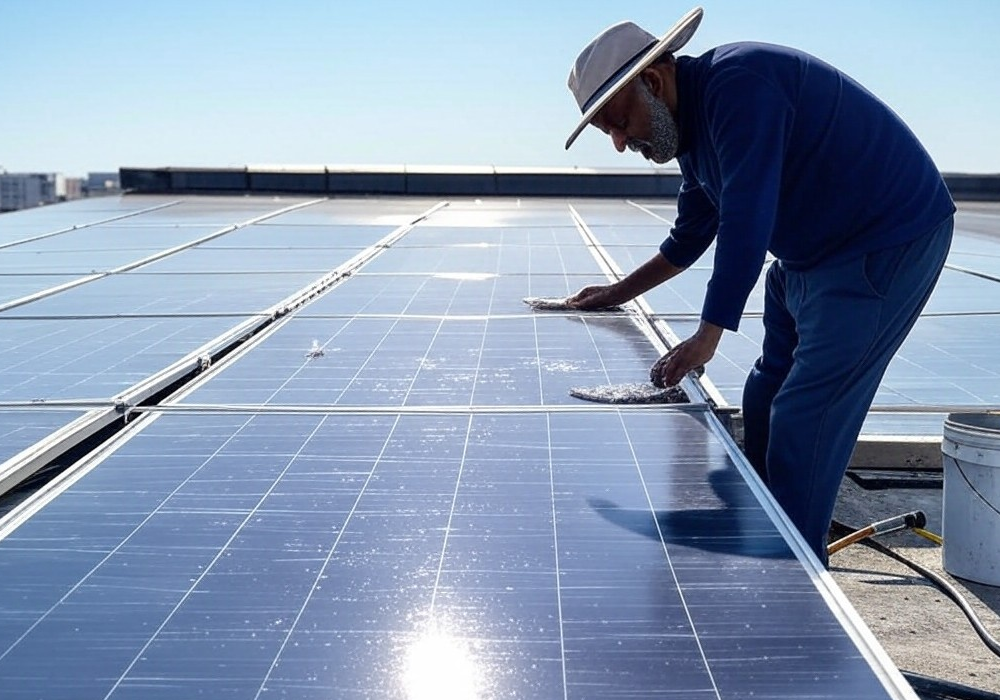Solar energy has emerged as one of the most promising solutions to India’s growing energy needs. With rising electricity costs and increasing environmental concerns, more individuals and businesses are considering solar panels as a viable alternative. But the key question remains: Are solar panels becoming more affordable in India?
Declining Costs of Solar Panels in India
Over the past decade, the cost of solar panels in India has significantly decreased. Several factors have contributed to this trend:
- Technological Advancements: Improvements in photovoltaic (PV) technology have made solar panels more efficient and cost-effective.
- Government Incentives & Policies: The Indian government has launched various schemes like the Solar Rooftop Subsidy Scheme and incentives under the FAME initiative to promote renewable energy adoption.
- Increased Local Manufacturing: With initiatives like ‘Make in India,’ local production of solar panels has increased, reducing dependency on imports and lowering costs.
- Economies of Scale: As demand for solar energy has surged, large-scale production and competition among manufacturers have driven prices down.
Government Schemes & Financial Support
The Indian government has been proactive in promoting solar energy through multiple financial support mechanisms:
- Subsidies & Incentives: The Ministry of New and Renewable Energy (MNRE) offers subsidies for residential solar installations, making it more affordable for households.
- Net Metering Policies: Many states have adopted net metering policies, allowing consumers to sell excess electricity back to the grid, further improving affordability.
- Solar Loans & Financing: Banks and financial institutions offer low-interest loans for solar panel installations, making them accessible to a larger audience.
Cost vs. Savings Analysis
Although the upfront cost of installing solar panels can still be significant, long-term savings on electricity bills make it a financially sound investment. Here’s how:
- A typical residential solar panel system (3-5 kW) costs around ₹1.5-3 lakh in India.
- With net metering, users can recover their investment in 4-6 years through reduced electricity bills.
- The lifespan of solar panels ranges from 20-25 years, ensuring long-term savings.
Challenges & Future Outlook
Despite falling costs, challenges such as high initial investment, lack of awareness, and variability in state policies still exist. However, with continuous innovation, better financing options, and stronger government support, solar panels are expected to become even more affordable in the coming years.
Conclusion
Solar energy is rapidly becoming an accessible and cost-effective alternative for Indian consumers. While upfront costs remain a consideration, government incentives and long-term savings make solar panels a worthwhile investment. As technology advances and policies improve, the affordability of solar power in India will continue to rise, paving the way for a greener and more sustainable future.
Are you considering switching to solar? Now is the perfect time to make the change!


